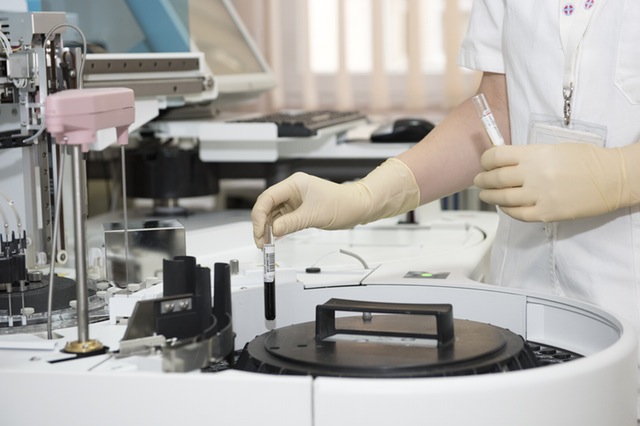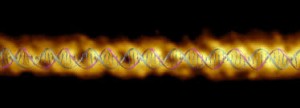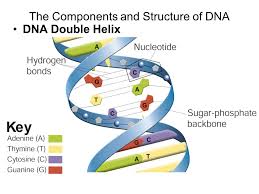
What Is The Purpose Of DNA In Biology?
Purpose Of DNA
Biology is one of those subjects that take a while to get used to. In college my classes were all full of prospective medical students and the occasional pharmacy major. So each class was full of hard workers. Despite having so many people around that were eager, some topics were hard to fully understand at first. DNA was one of these.
It stands for deoxyribonucleic acid. It is one of the first topics a biology student encounters that is unclear. It isn't really unclear though. It just does a lot of complicated things. It holds much of our biological data and it determines who you and successive generations will become. It is made up of the well known double helix you see plastic models of in all the labs.
Structure OF DNA
The structure is best described as a double helix as mentioned before. The strains are made up of a kind of sugar on the outside. The insides are nitrogen bases. They are all held together by hydrogen bonds. It is a double helix because there are 2 strands. The 2 strands are paired together using matching bases. It is like a miniature zipper with the way they are attached. This link describes the structure of DNA quite well.

Bases Only Pair With Certain Other Bases
There are several types of bases in the helix. Those bases are adenine, thymine, guanine and cytosine. Adenine always pairs with thymine and guanine always pairs with cytosine. Adenine is a nucleobase and one of the bases in DNA. Its chemical formula is C5H5N5. It's pairing partner is thymine which is another nucleobase. It's chemical formula is C5H6N2O2. These 2 necleobases form in a strand of DNA. Guanine is another nucleobase. It only pairs with cytosine. It's formula is C5H5N5O. Cytosine is the last of the 4 major bases in DNA. It matches up with guanine exclusively.
It's formula is C4H5N3O. So another purpose of DNA is to split and reform into 2 cells which is replication. It does this by splitting apart these bases and then matching them up together again. Here is more information on these bases for the curious.
Hereditary Information Gets Passed On to Generations
DNA is passed on from one generation to another. We inherit it from our parents. It determines who we are. We then, usually, pass it on by way of our offspring. The genetic information of DNA is contained in genes which are a part of DNA. There are often hundreds of genes in a strand of DNA. Each gene holds specific information that makes us who we are. DNA works in tandem with proteins to write out the genetic information.

DNA Controls Your Cells
It can do many things including controlling cells. This is vital because this is how major functions of the body occur. It does this by being in a certain sequence. The sequence is all that matters. Everything is created by the sequences all of these bases make. Once it is done that is how bodily functions start. This purpose of DNA is one of the more important ones.
DNA Stores Genetic Information
DNA indeed does store genetic information. This allows for it to be passed on later. There is a lot of information that is stored. It is quite staggering actually.

DNA Replicates Itself
DNA goes through replication when a cell divides. It uses special molecules called enzymes to help with the replication. The strands are separating during this process. Once they are separated another enzyme called DNA polymerase will copy each strand.
Conclusion
The purpose of DNA is many fold. It controls cells along with replication. It passes on its genetic information to later generations. It determines who we are and the life we will have. It does a lot and we would do well to study it more to know what all it truly does.